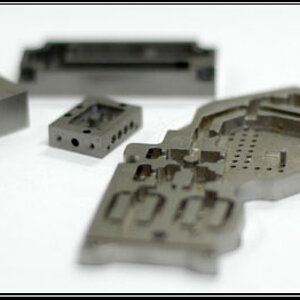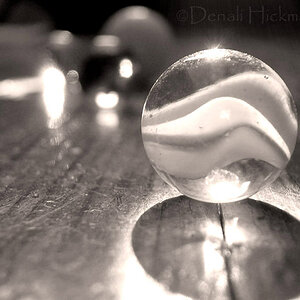Dwig
TPF Noob!
- Joined
- Mar 11, 2009
- Messages
- 1,261
- Reaction score
- 1
- Location
- Key West FL
- Website
- happythursday.com
- Can others edit my Photos
- Photos NOT OK to edit
"...
Actually, if you really had any Kodachrome experience, you would realize that it depended on HOW the slide is printed. Most commonly, it was done through an internegative which resulted in all of the problems associated with negative film. If you wanted direct printing, it was necessary to locate a lab capable of doing so and to specify accordingly.
In truth, this comment about internegative vs direct reversal printing applies mostly to amateur usage and not commercial usage. The vast majority of commercial use was for offset printing, such as magazine illustrations, calendars, posters, post cards, product labels, ... .
The only significant commercial/professional use of photography that has conventional photographic prints as its primary end result are the wedding and portrait fields. In these fields, color negative materials reigned supreme in the days after B&W. The general lower sharpness of color negatives is a significant portion of why these fields continued to use larger formats as the norm long after a significant portion of other professional work was being done in 35mm.
BTW (in reference to a different post), the term "transparency" is not reserved for larger formats. It refers to a positive film image that is unmounted. "Slide" refers to a transparency that is in a mount for projection. Since very, very few images larger than 6x6 were ever mounted for projection and almost all 35mm image were, there is a trend for larger images to be "transparencies" and smaller ones "slides". Still, an unmounted 35mm positive film image is a "transparency" and a 3-1/4" x 4-1/4" positive mounted for projection in an old "lantern slide" projector (c. 1880-1900) is a "slide".


 Thanks for taking the time to make it clear.
Thanks for taking the time to make it clear.


![[No title]](/data/xfmg/thumbnail/31/31085-9786bf0c16c072633ecdfad477c23095.jpg?1619734600)
![[No title]](/data/xfmg/thumbnail/31/31087-2287670c7bc11f26914352b7d9404588.jpg?1619734603)





![[No title]](/data/xfmg/thumbnail/37/37606-3c9ffb5906173fa2aa489341967e1468.jpg?1619738148)
